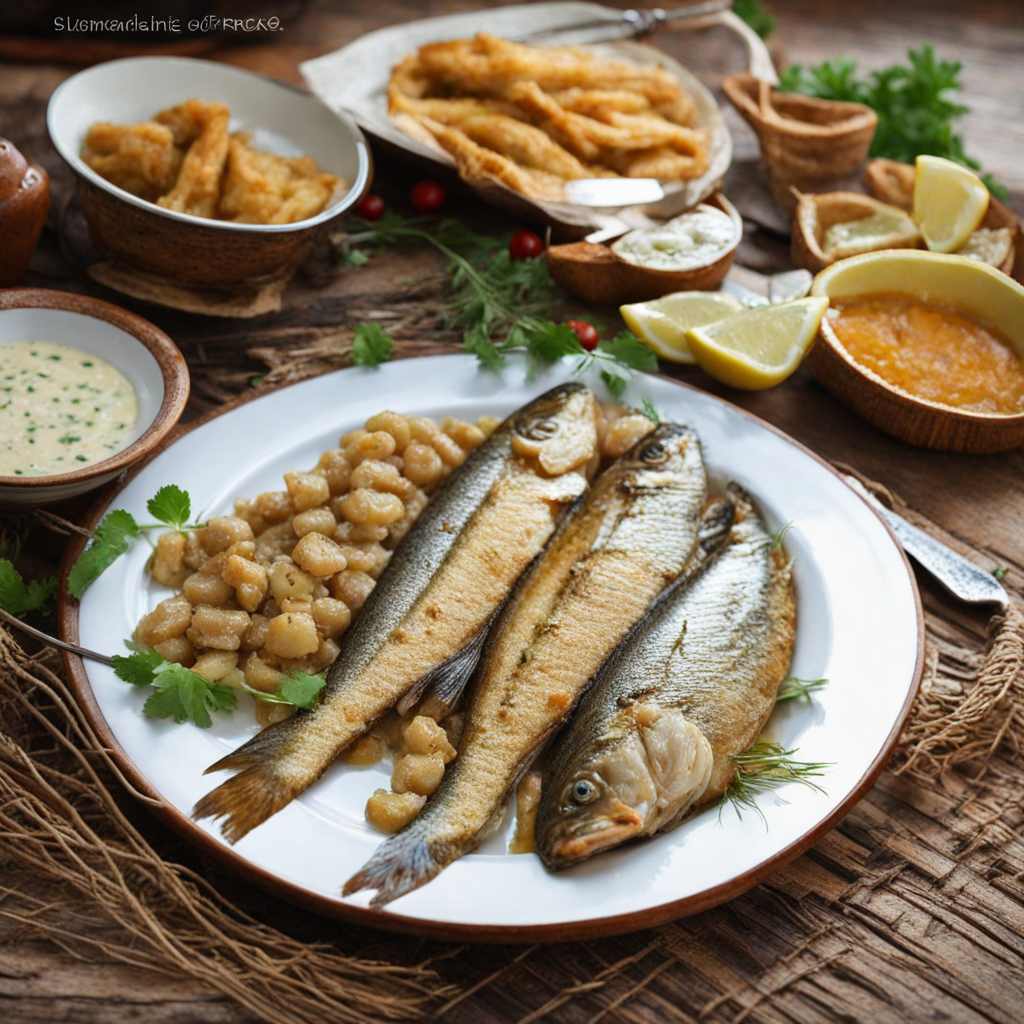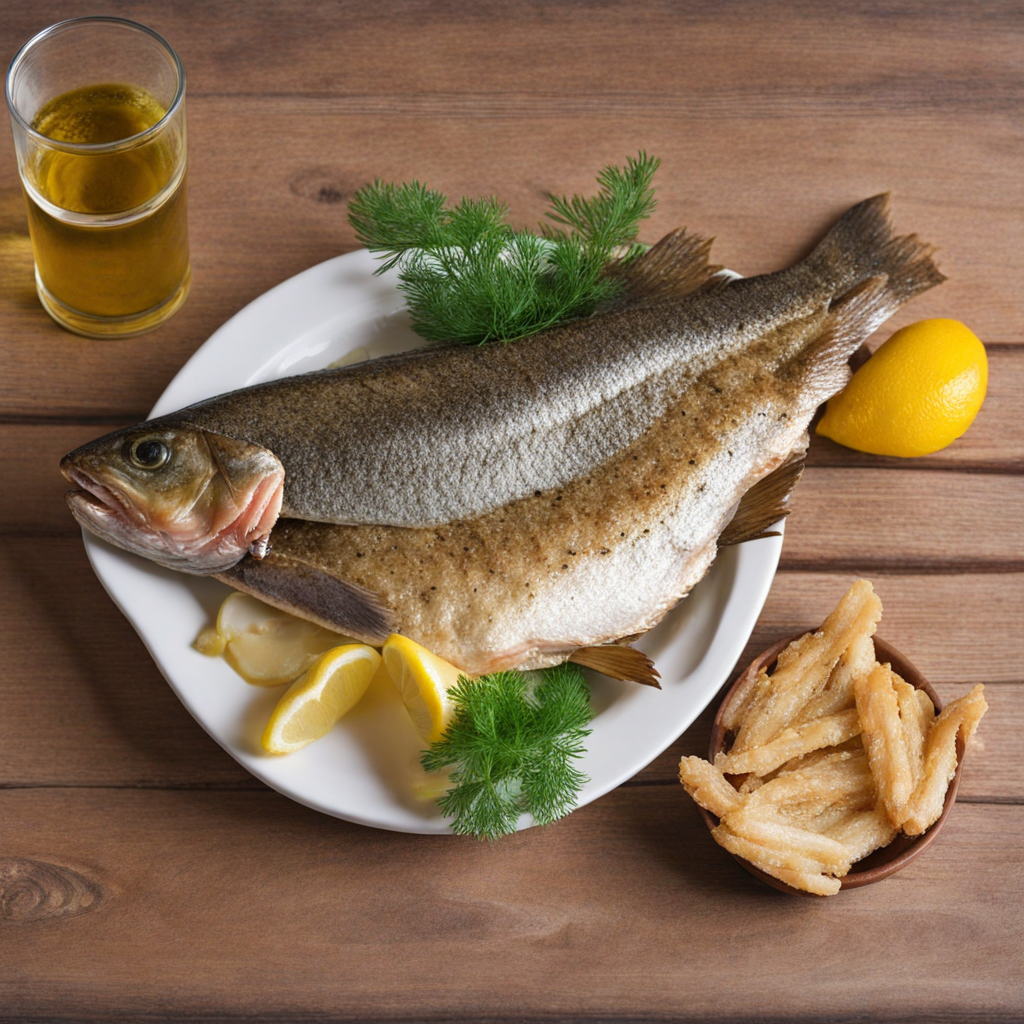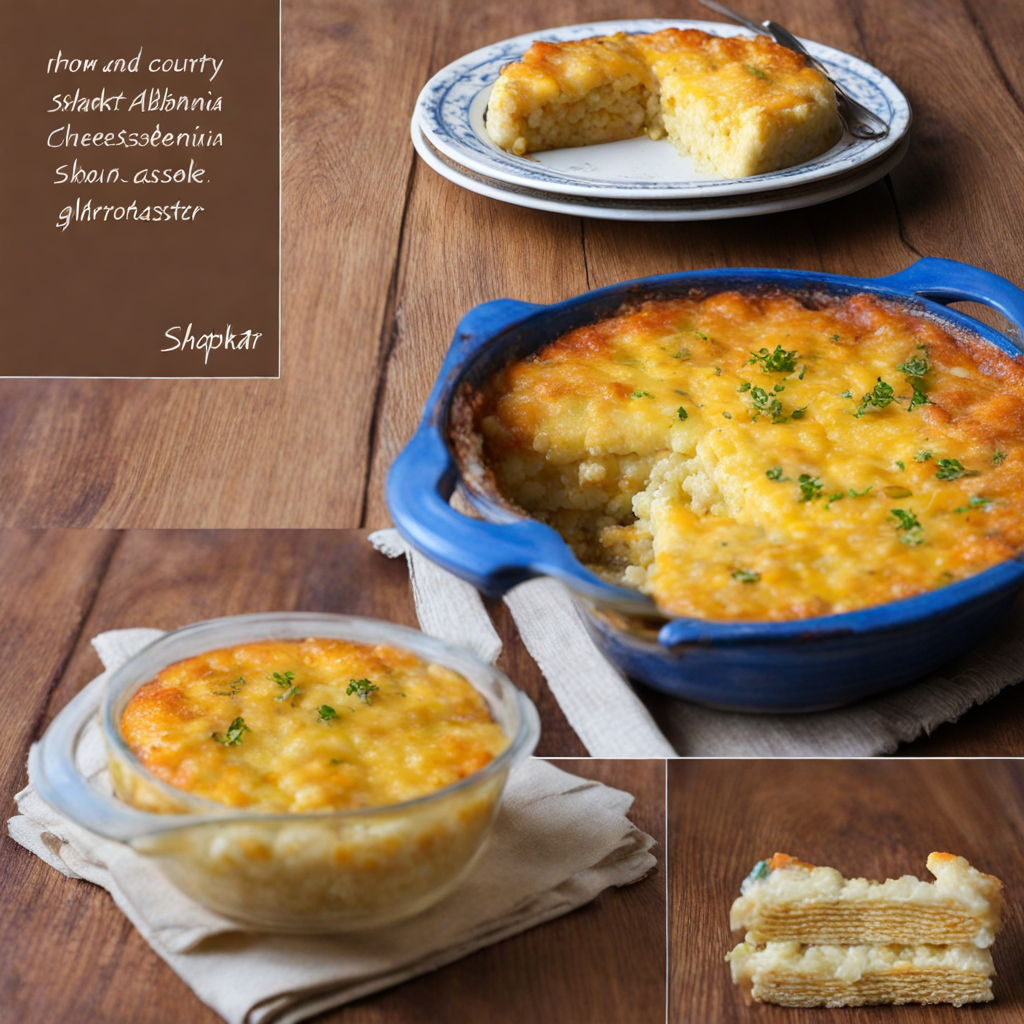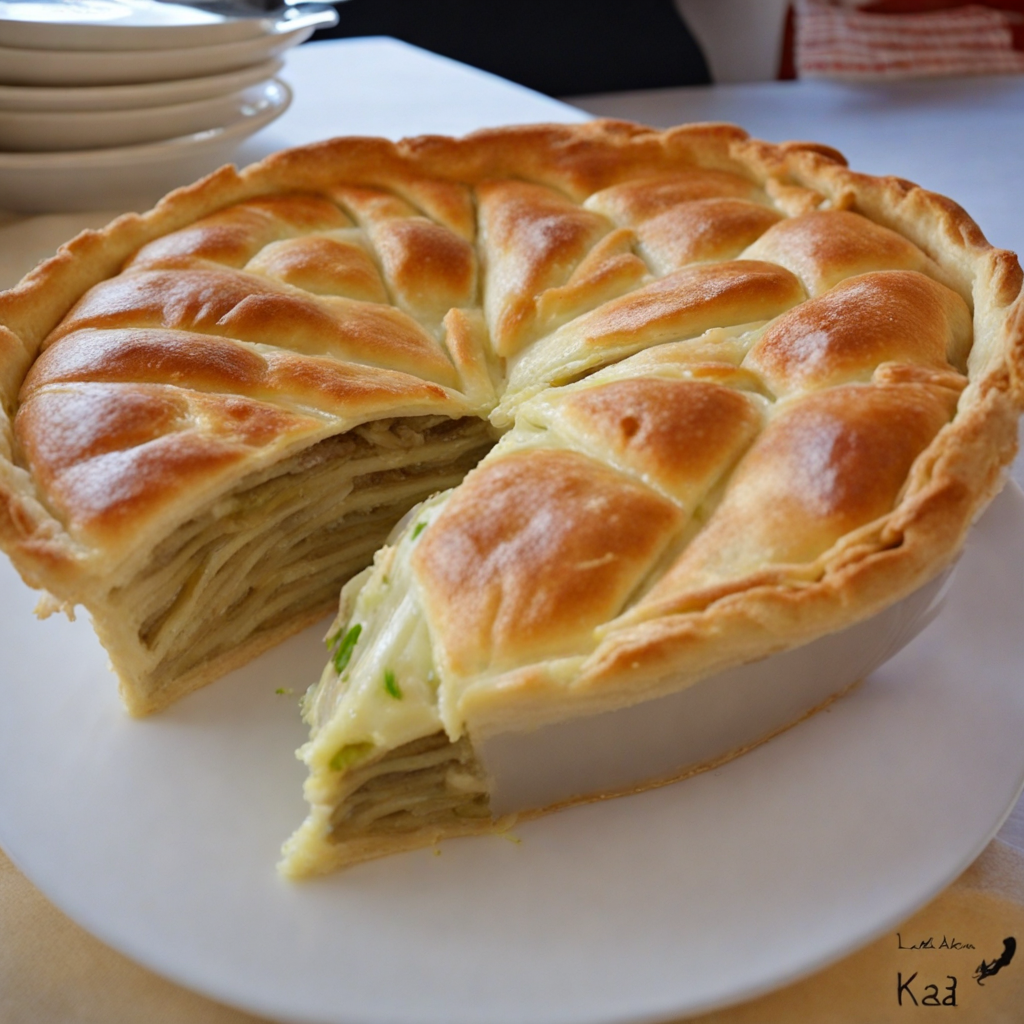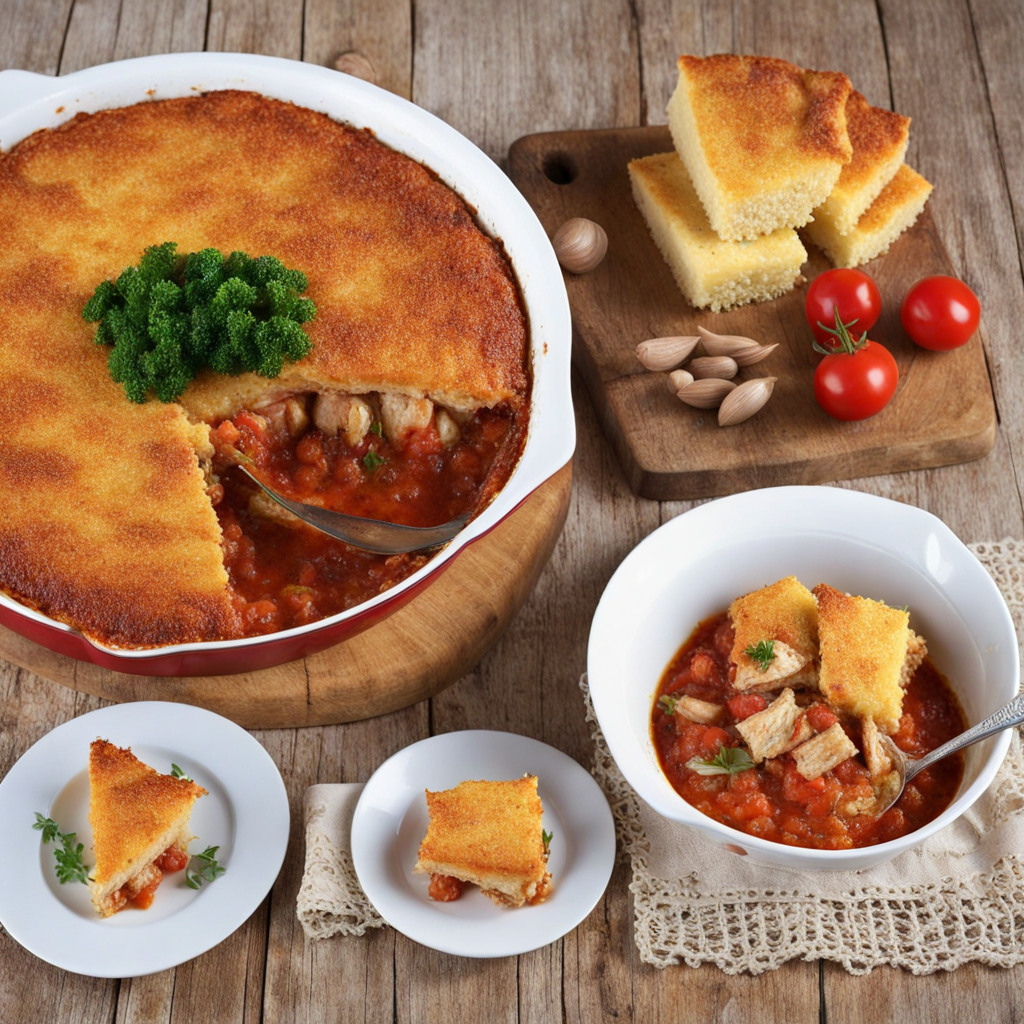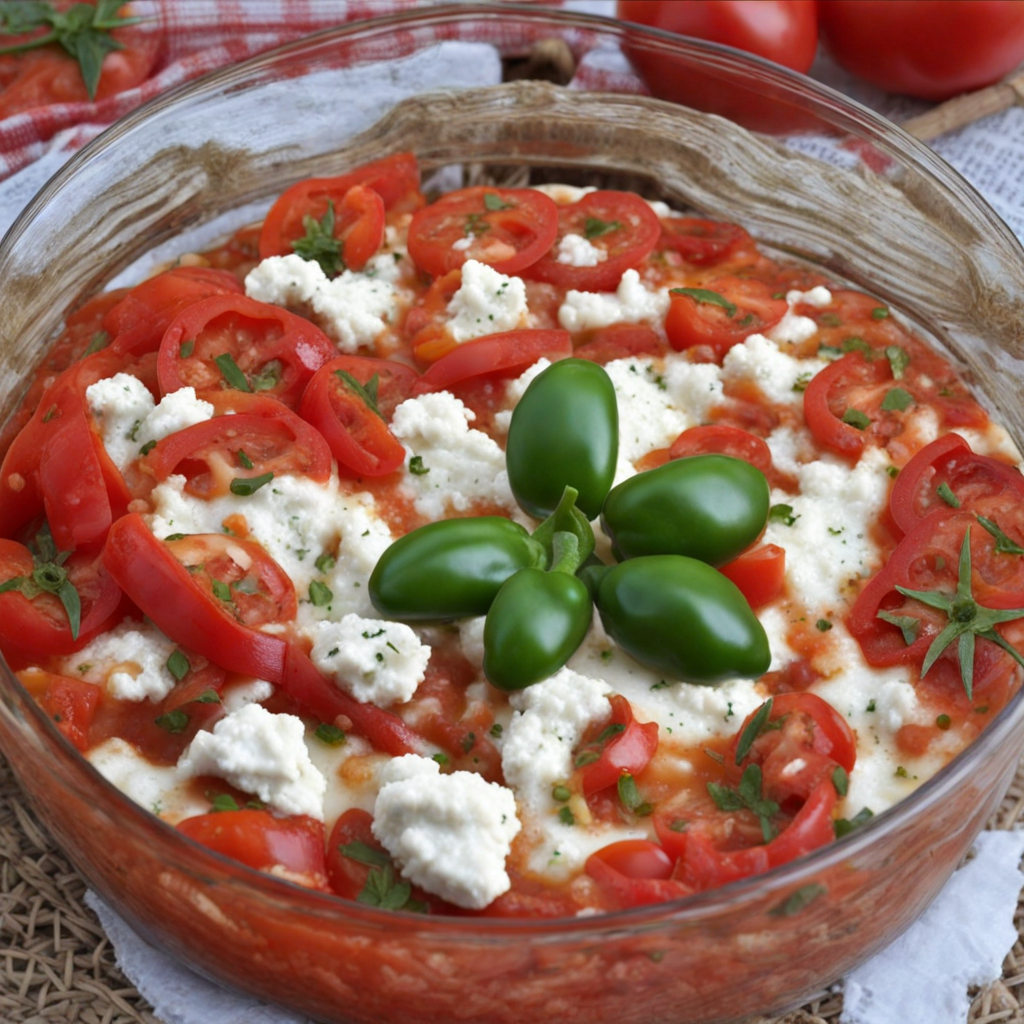Korani i Korces
Korani i Korçës is a traditional Albanian dish that embodies the rich culinary heritage of the Korça region. This delightful meal typically features a filling of tender ground meat, often a mix of beef and lamb, seasoned with aromatic herbs and spices that elevate its flavor profile. The meat is enveloped in a thin layer of dough, which is then shaped into small, round pastries. These pastries are golden-brown and crispy on the outside while remaining succulent and juicy on the inside, offering a satisfying contrast in texture with every bite. The preparation of Korani i Korçës often involves a meticulous process that highlights the importance of fresh, locally sourced ingredients. The dough is made from flour, water, and a pinch of salt, kneaded until smooth and elastic, ensuring a perfect base for the savory filling. The use of herbs such as dill and parsley, along with a hint of paprika, gives the dish its distinctive taste, making it a beloved choice among both locals and visitors. Served hot, these pastries are frequently accompanied by a side of yogurt or a tangy salad, which complements the richness of the meat and adds a refreshing touch to the meal. This dish not only showcases the flavors of Albania but also represents the warmth and hospitality of the Korça region. It is often enjoyed during family gatherings and special occasions, making it a symbol of togetherness and celebration. The experience of tasting Korani i Korçës is enhanced by its cultural significance, as it invites diners to appreciate the traditions and stories behind the food. Each bite offers a glimpse into Albanian heritage, making it a must-try for anyone eager to explore new culinary landscapes.
How It Became This Dish
Korani i Korçës: A Culinary Gem of Albania Korani i Korçës, often simply referred to as Korani, is a traditional Albanian dish originating from the picturesque city of Korçë, located in the southeastern region of Albania. This hearty food encapsulates the rich agricultural heritage and vibrant culinary traditions of the area, reflecting the interplay of history, culture, and geography in its flavors and preparation. #### Origins The roots of Korani i Korçës can be traced back to the agrarian lifestyle of the Korçë region, which is characterized by fertile plains and a favorable climate for agriculture. The dish is primarily based on corn, a staple crop in the area, which has been cultivated since ancient times. Historical records indicate that corn was introduced to the Balkans in the late 16th century, likely after the Columbian Exchange brought the crop to Europe. However, the cultivation of corn flourished in Albania during the 19th century, coinciding with a period of increased agricultural development. Korçë, situated at an elevation of about 850 meters, benefits from a unique microclimate that allows for a variety of crops, including corn, grains, and legumes. This abundance of local produce has significantly influenced the traditional cuisine of the region, leading to the creation of dishes such as Korani. Initially, the dish was a simple peasant food, made with readily available ingredients that reflected the resourcefulness of the local people. #### Cultural Significance Korani i Korçës is more than just a dish; it embodies the cultural identity of the Korçë region. It is often served during festive occasions, family gatherings, and communal feasts, serving as a symbol of hospitality and togetherness. The preparation of Korani is often a communal activity, where families come together to cook and share the dish, strengthening social bonds and cultural traditions. The dish is typically made from a mixture of cornmeal and water, which is cooked until it reaches a thick, porridge-like consistency. This base is then enriched with a variety of ingredients, including cheese, yogurt, and sometimes even meat or vegetables, depending on family recipes and regional variations. The use of local cheese, particularly the famous ‘gjizë’ (a type of ricotta), adds a distinct flavor and richness to the dish, making it a nutritious and satisfying meal. Moreover, Korani i Korçës is emblematic of the broader culinary practices in Albania, which prioritize local, seasonal ingredients. The dish reflects the connection between the people and their land, showcasing the importance of sustainable agriculture and the preservation of traditional farming methods. As such, it plays a vital role in maintaining the cultural heritage of the region. #### Development Over Time As Albania navigated through various historical phases, including Ottoman rule and the 20th-century communist regime, the preparation and consumption of Korani i Korçës evolved. During the Ottoman period, the culinary landscape of Albania was heavily influenced by the diverse cultures within the empire. Dishes often incorporated spices and techniques from the Middle East, leading to a fusion of flavors that shaped Albanian cuisine. However, Korani remained a staple, reflecting the resilience of traditional foods in the face of changing culinary trends. In the communist era, there was a push for self-sufficiency in food production, which further solidified the importance of local dishes like Korani. The government promoted the cultivation of corn and other staple crops, ensuring that these ingredients remained readily available to the populace. During this time, Korani was often seen as a symbol of the working class, a nourishing meal that sustained families through challenging economic conditions. With the fall of communism in the early 1990s, Albania experienced a culinary renaissance, where traditional foods were celebrated and reimagined. Chefs began to explore the rich culinary heritage of the country, and Korani i Korçës found its way onto restaurant menus, often with modern twists. Innovative chefs experimented with presentation and flavor combinations, introducing Korani to a broader audience, both locally and internationally. Today, Korani i Korçës is recognized not only as a beloved traditional dish but also as a culinary ambassador for Albania. It has gained popularity in various food festivals and cultural events, showcasing the unique flavors of the Korçë region. The dish is often paired with locally produced wines and artisanal cheeses, enhancing the overall dining experience and promoting the region’s gastronomic landscape. #### Conclusion Korani i Korçës stands as a testament to the rich culinary heritage of Albania, encapsulating the historical, cultural, and agricultural narratives of the Korçë region. Its evolution from a humble peasant food to a celebrated dish reflects the resilience of traditions in the face of modernization. As Albania continues to embrace its culinary roots while exploring new gastronomic horizons, Korani remains a symbol of national pride and identity. Through every bite of Korani, one can taste the stories of generations that have cultivated the land, nurtured their communities, and shared their traditions. As it continues to be served in homes and restaurants alike, Korani i Korçës not only nourishes the body but also feeds the soul, reminding us of the importance of heritage and the simple joys of communal dining.
You may like
Discover local flavors from Albania


